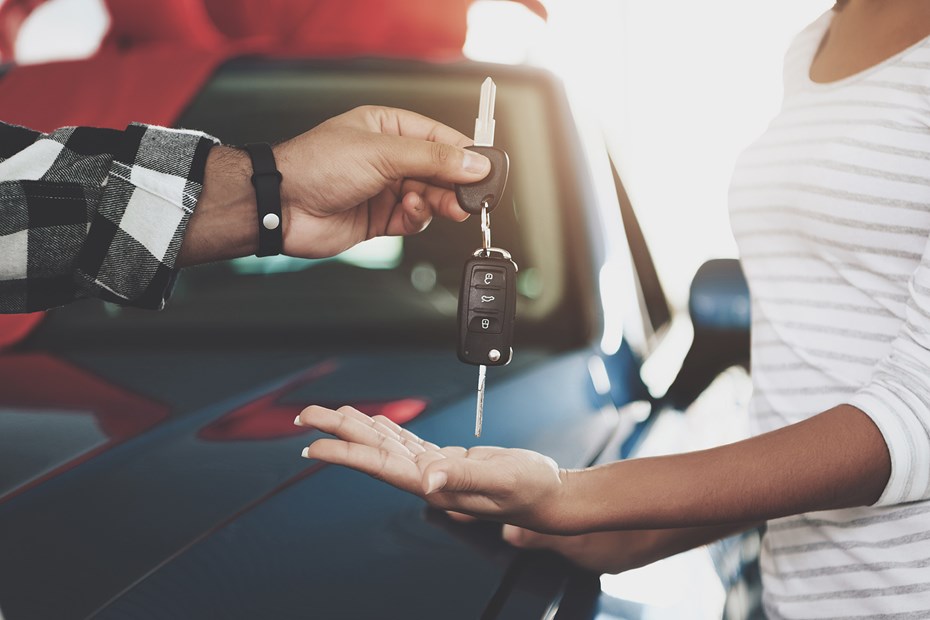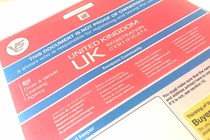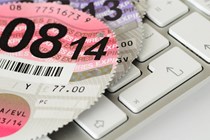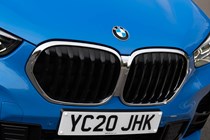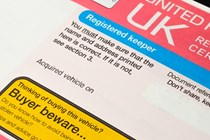When you pass custody of a car from one person to another, it’s vital that you inform the Driver and Vehicle Licensing Agency (DVLA) that is has a new registered keeper as soon as possible. In the UK, the keeper’s name appears on the car’s V5C registration document and that person is responsible for the car and liable for any fines.
A car’s registered keeper must make sure it’s taxed, MOT’d, insured and meets all legal requirements for being used on the road. They will also be issued with any driving offences and fixed penalty charges that are attached to the car’s registration number. An inaccurate V5C can also cause insurance problems and lead to a sticky interview should you be stopped by the police.
It’s worth noting the DVLA isn’t interested in who the car’s owner is. The owner is the person or company that bought and paid for the car. They’re often one and the same, but not always. If, for instance, you have a car on a PCH agreement or some other form of finance, the finance company technically owns the car, but you’re still the registered keeper.
When you sell a car – or just transfer its keepership to another person – you must update the car’s V5C with the new keeper’s details. That way, you won’t be held liable for their behaviour. Fortunately, it’s a very easy process; read on to find out how to do it.
How do I notify the DVLA that I am a car’s new keeper?
Any vehicle you buy, whether new or used, should come with its V5C registration document – sometimes referred to as the logbook. It’s a paper document that mostly red on the front cover and contains a lot of useful, legally required information about the car. Note that some much older cars might have a blue or beige logbook.
If you’re selling a car to a private buyer or trader, you must inform the DVLA that keepership has changed. Failure to do so can result in a fine or prosecution. It’s therefore in your interest to register the new keeper as soon as possible. The easiest way of doing so is via the DVLA website – it takes just a few minutes so you can do it before the new keeper drives away. The DVLA’s records update at the end of every working day. Just remember that the website closes(!) to changes of registered keeper after 7.00pm, so try and do your deals during the working day.
Alternatively, you can do it the old fashioned way by filling out Section 2 of the V5C with the new keeper’s details and return it to the DVLA by post. Insist on doing it yourself – you can’t guarantee they will. If the buyer is planning to export the car out of the UK, you need to fill out Section 5 of the V5C and post it to the DVLA.
However you complete the transfer of keepership, fill out the Section 6 new keeper slip and make sure the buyer leaves with it. You should receive a notification that the DVLA has updated its records by post within three weeks.
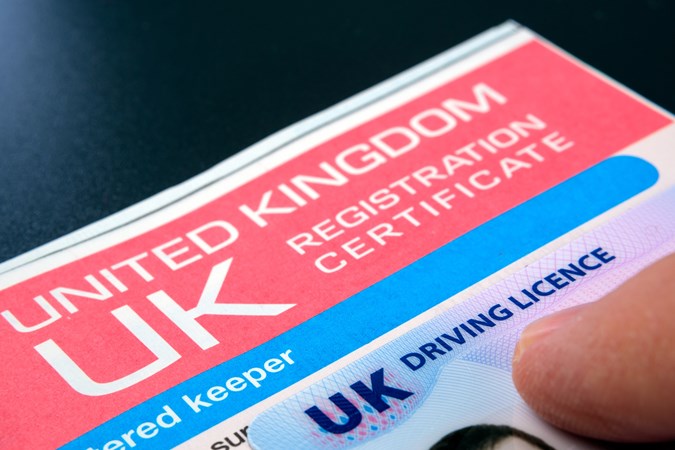
If you’re on the other side of the fence and buying a car, make sure the seller completes the online form or fills out Section 2 of the V5C in your presence. Also make sure you leave with the new keeper slip. You should receive a new V5C in your name within three weeks. We’ll cover what to do it you don’t in a bit.
If you’re buying a car in the UK to take out of the country, you need to take the whole V5C document (apart from Section 5) to register the car in your home country. You’ll also need receipts and paperwork to prove what you paid, and you may have to pay import duties.
Changing the registered keeper to a dealer
Section 4 of the V5C logbook is headed ‘selling, transferring or part-exchanging this vehicle to a motor trader.’ A motor trader is defined as a ‘motor dealer, motor auctioneer, vehicle dismantler, salvage dealer, finance and leasing company, insurance company or car buying service.’ So anyone/anything other than a private individual.
Most traders now use the online form to transfer keepership of a car to themselves. Though there are still some old-school types who prefer to fill out and post Section 4 of the V5C. Either way, make sure it’s done in your presence. The trader will take possession of the whole V5C, at which point your responsibility for the car ends. You should receive a notification from the DVLA that keepership has changed by post within three weeks.
What about transferring my car tax?
Car tax – or vehicle excise duty, to use its correct name – can’t be transferred between keepers, a change brought into force in 2015. Once the new keeper’s details have been added to the V5C, the car must be taxed or declared SORN in their name.
It’s vital the car is taxed as soon as possible on the day of purchase. That can be done online in a few minutes before you drive off in the car, alternatively you can buy it from a Post Office with the Section 6 new keeper slip.
If you’re selling a car, the VED is cancelled automatically when you transfer keepership. If you’re posting the V5C, you’ll have to cancel it online. If you paid in full, you’ll receive a refund for any whole months that are no longer needed. Note that, when you first tax a car that’s new to you, you’ll have to set up a new direct debit if you pay that way.
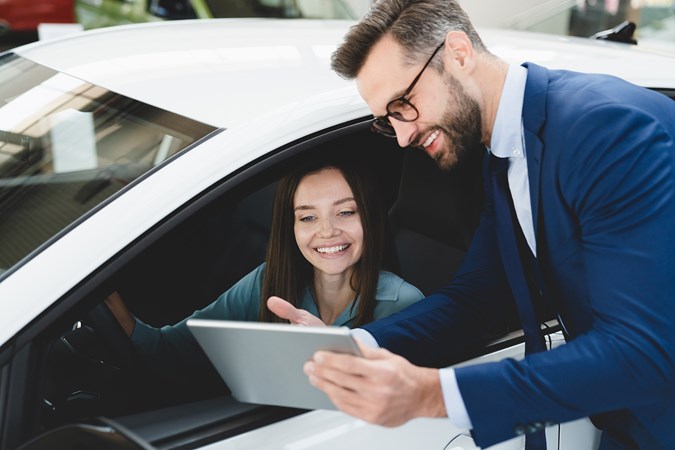
How to transfer car keepership to a family member
You just follow the process detailed above as if you were selling a car outside the family. You need to notify the DVLA of the new keeper and ensure the car is taxed in their name.
How do you know if the V5C is genuine?
V5C documentation, like a lot of other official paperwork, is vulnerable to scam artists. V5C forgeries aren’t common but they do occur. Scrap fraud is a one of the most popular scams. This is when a dodgy garage insists your car’s a write-off, then offers to scrap it for free. Beware, though – to do so, the garage needs the whole V5C.
When buying a used car, check for the watermark on the V5C—official paper has large text with the letters ‘DVL’ from top to bottom. Also consider doing a CAP HPI check to check the history of the vehicle you’re buying. That ought to uncover any red flags.
You can also use the V5C 11-digit reference number to access detailed MoT history, which will verify that it’s the latest version issued on record with the DVLA. If a seller has ‘lost the logbook’ but still has the green V5C/2 slip, the same test will show if one was issued to them. Beware – if you can download MoT certificates with it, then the car was never registered in their name.
Is the V5C proof of ownership in a divorce?
In a divorce, the distinction between a car’s owner and registered keeper can cause issues because the V5C is often the only legal document linking the person to the car. If one partner has a Ford Focus in their name, and the other partner’s Ford Fiesta is also in their name, both cars will be considered assets of the first partner, not the second.
That’s even if the second partner pays for their insurance, fuel and tax, or paid for or financed the Fiesta. It’s always worth ensuing a car’s paperwork reflects the legal situation you wish to be in and transfer the registered keeper of the vehicle appropriately.
What if I don’t receive a new V5C document?
The Section 6 new keeper slip is important here. If the V5C was posted and you don’t receive a new one, or an online change of ownership hasn’t reached you within two weeks (it’s usually a couple of days), you can apply for a duplicate logbook online. After six weeks the DVLA considers it lost and will issue a new one. But you will be charged £25 for it.
Can you change registered keeper without a V5C?
There are many reasons why a car’s V5C might go missing. After all, it’s very easy for paperwork to get lost or destroyed, especially if the car has been off the road for years. Fortunately, it’s not a huge problem as you can simply apply for a duplicate V5C online – there’s a fee of £25 to pay.
The form asks for the car’s registration and vehicle identification number (VIN). If you don’t have that information, it may still be possible to get a new V5C for the car, but the process will be more difficult and protracted.
Can you find the owner of a car?
Data protection rules mean it’s not possible for members of the general public to find out who owns a particular car from the DVLA. Only individuals and organisations with ‘reasonable cause’ can access that information. Having reasonable cause essentially means having the power to issue fines for parking violations and driving offences.
Just so you know, we may receive a commission or other compensation from the links on this website - read why you should trust us.


